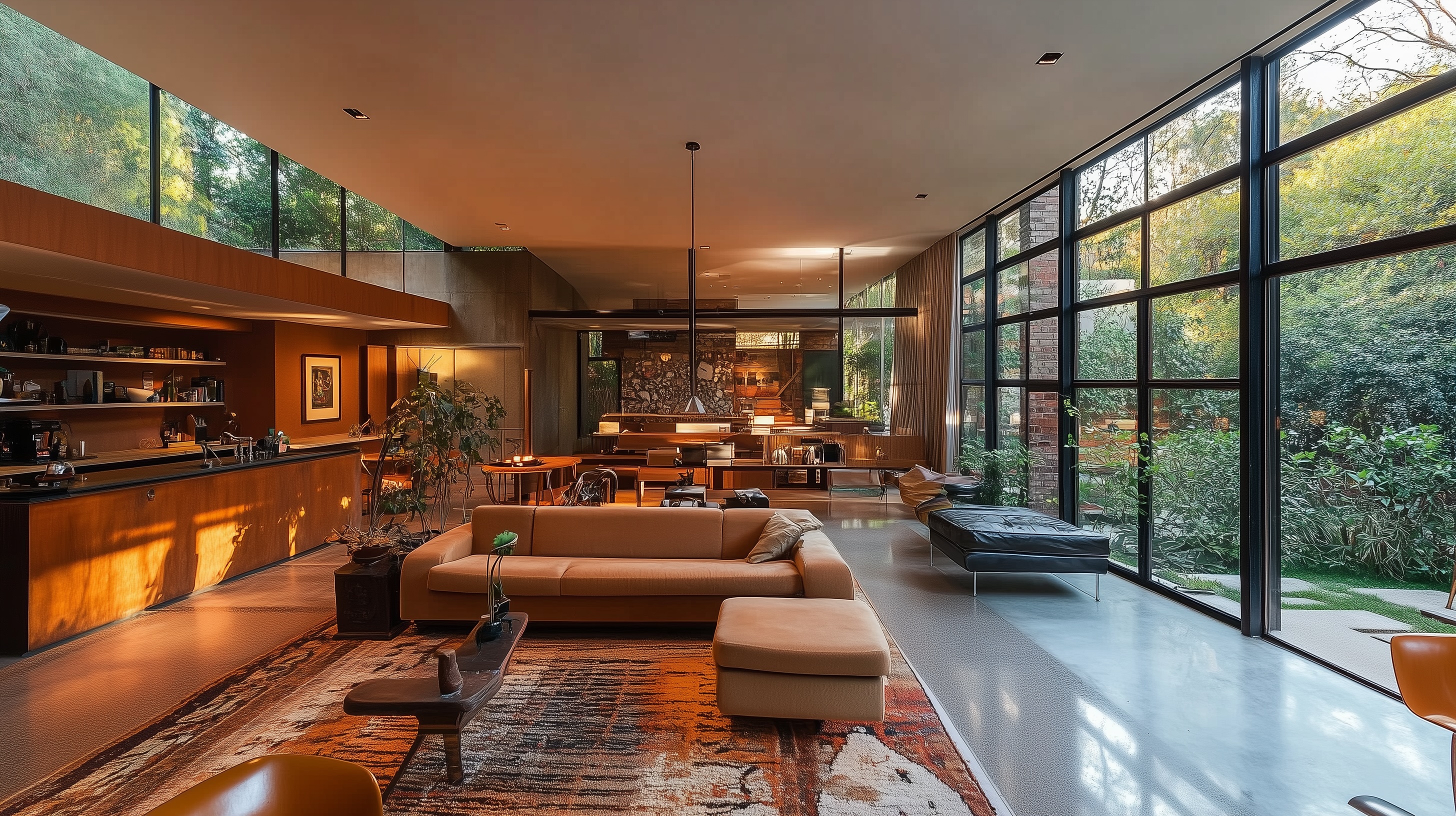Wellness-Oriented Home Design: Prioritizing Health and Wellbeing Indoors
Wellness-Oriented Home Design: Prioritizing Health and Wellbeing Indoors
In recent years, home design has evolved from merely focusing on aesthetics and functionality to prioritizing the well-being of those living within the space. As homeowners seek to create environments that nurture both physical and mental health, wellness-oriented design has emerged as a major trend. From ensuring optimal indoor air quality to maximizing natural light, this approach places health at the forefront of every design decision.

1. Indoor Air Quality: Breathing Easy at Home
Clean, fresh air is essential for overall well-being, especially in the home where we spend a significant portion of our time. Unfortunately, many indoor environments suffer from poor air quality, whether due to outdated HVAC systems, pollution from outside, or the materials used in construction. Wellness-oriented design seeks to address these issues head-on.
- Advanced Air Filtration Systems: Modern homes are increasingly being built with cutting-edge air filtration systems designed to remove contaminants like pollen, dust, and harmful particulates from the air. These systems can also help reduce allergens, making the home a safer space for those with respiratory issues.
- Non-Toxic Materials: Another key aspect of improving indoor air quality is the use of non-toxic materials. Many paints, carpets, and building materials emit volatile organic compounds (VOCs) that can be harmful to our health. Opting for low-VOC or no-VOC materials can significantly reduce indoor pollutants.
- Natural Ventilation: In addition to air filtration, ensuring proper ventilation is crucial. Homes designed with wellness in mind often feature large, operable windows, allowing fresh air to circulate and stale air to escape.
2. Natural Light: Designing for Health and Happiness
Exposure to natural light isn’t just about aesthetics—it’s vital for mental and physical health. Research shows that natural light can boost mood, improve sleep, and even increase productivity. As a result, wellness-oriented homes are designed to maximize the amount of daylight entering the space.
- Large Windows and Skylights: Homes built with wellness in mind typically feature larger windows and strategically placed skylights to flood the interior with natural light. The goal is to ensure that every room receives ample sunlight throughout the day.
- Circadian Lighting: Another trend is the incorporation of circadian lighting systems, which mimic the natural progression of sunlight. These systems adjust light intensity and color throughout the day to align with your body’s internal clock, promoting better sleep and overall well-being.
3. Biophilic Design: Bringing Nature Indoors
Biophilic design is a concept that connects people to nature within the built environment. By incorporating natural elements like plants, water features, and organic materials, this design philosophy aims to reduce stress, enhance mood, and improve cognitive function.
- Indoor Greenery: Plants are a simple yet effective way to enhance wellness in the home. Not only do they improve air quality by absorbing carbon dioxide and releasing oxygen, but they also provide a calming, restorative effect on the mind.
- Natural Materials: Incorporating natural materials like wood, stone, and bamboo into the home’s design adds warmth and texture, creating a serene and harmonious environment.
- Views of Nature: Homes designed with wellness in mind often include large windows or glass doors that provide expansive views of nature, whether it’s a garden, a forest, or a nearby body of water. These views help create a sense of tranquility and connection to the natural world.
Breathing Life into Wellness-Oriented Design
As wellness-oriented design becomes more popular, homeowners are increasingly looking for ways to create healthier living environments. By prioritizing indoor air quality, natural light, and biophilic design, you can transform your home into a space that not only looks beautiful but also supports your health and well-being.
In the next part of this series, we’ll explore how soundproofing, sleep environments, and mental wellness can be incorporated into your home’s design to create a truly holistic living space.


%201.png)



















































































.jpg)




.jpg)








